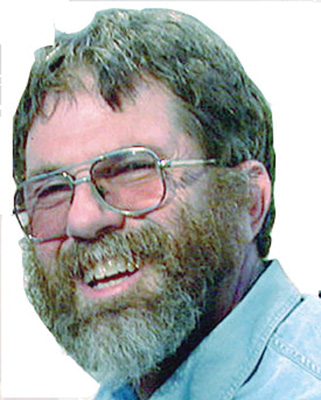Former St. Louisan returns to talk art at Washington U.
Published October 21, 2010
Steve Wilson is expecting something of an impromptu reunion tonight (Oct. 20) when he speaks at the Steinberg Hall Auditorium at Washington University. Wilson, who graduated from University City High School in 1962 and was active in teen programs at the Jewish Community Center, will talk about his work.
“My friends know I do weird stuff, but they’ve never heard it explained,” says Wilson, 66, speaking from his home in San Francisco. “A lot of them will be at the lecture.” Wilson is an artist, an author and chair of the conceptual/information arts program at San Francisco State University, where he has taught for 27 years.
Armed with a Ph.D. in urban anthropology, Wilson worked for 10 years in Chicago to help improve the public schools. Next, he enrolled at the School of the Art Institute of Chicago, where he earned an M.F.A. His interactive art installations and performances (see http://userwww.sfsu.edu/~swilson/) have been shown internationally in galleries and art shows, and he also lectures all over the world.
Wilson won the Prize of Distinction and several honorary mentions in Ars Electronica’s international competitions for interactive art. He also has been a developer for Apple and Articulate Systems, and served as principal investigator in National Science Foundation research projects investigating the relationship of new technologies to education. He is the author of five books, including “Art+ Science Now” (Thames and Hudson, 2010).
Wilson is married to Catherine Witzling, a psychotherapist, and their daughter recently started her first year of college. Wilson made time last week to talk about his work.
Your bio states that you explore the cultural implications of new technologies. What does that mean?
People invent things, or explore areas of science. I am interested in what the implications or dangers or possible futures of those inventions are, how people could use them in ways other than those for which they were intended.
Why?
That is part of the job of the arts, to push things to the edges, explore what people have not recognized yet, to think of what scientists would not. Since I was a kid, I have always been curious about all kinds of things. Besides, art is another way to get kids excited, kids who might not pick science.
What exactly is interactive art?
Interactive art asks the viewer to get involved. That changes the experience and the possibilities of what you might see or hear.
Talk about some of your interactive art installations.
“Protozoa Games” are video games that you play against protozoa. I wanted people to realize that life at the single-cell level has complexity. Some tasks that I asked humans to do were easier for the protozoa, and that gets people thinking about humility. “IntroSpection,” is a game played against your own bacteria. How many people have looked inside their own bodies at the microscopic level?
Did your writing give way to art or did your visual images lead to writing?
The art came first – and I was creating interactive pieces before there were computers. In one early piece, I put newspapers on every chair. Then I asked everyone in the room to find an interesting item in the paper and stand up and talk about it. I started writing books because I was working in a field that none of the mainstream magazines or books were covering.
Your new book features 250 artists from around the world working on projects “inspired or driven by scientific and technological innovation.” Give us an example.
One Australian project in the book worked with stem cells to make artificial frog meat – and then asked people to eat it. That artist’s agenda is animal rights.
What part does teaching play in your life?
It’s another way to spread the word, to get people to think about the cultural implications of technologies. In 1996, at SFSU we established the first computer graphics program for artists and designers on the West Coast, and as new technologies have come up, we have created new courses.
What’s next for you?
I just finished a piece that makes use of energy-harvesting technology, which extracts electricity from activities like walking and cooking. I worked with a researcher who puts nanofibers in clothing. The idea is that as you walk, you can generate enough electricity to charge your phone.
What in your past has led you to this most interesting present?
My high school was great about exposing me to lots of different things, and I always thought visiting the Art Museum was marvelous. Plus, my parents, Sally and Julius Wilson, were always very big on the Jewish love of learning. I just took it to the nth degree.
















